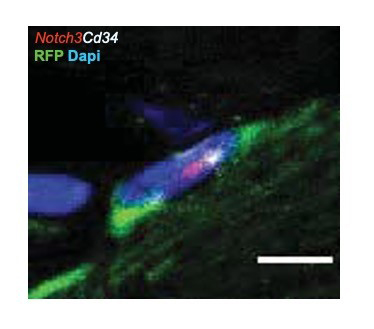Pura Muñoz-Cánoves – Universitat Pompeu Fabra (UPF)
Skeletal muscle regeneration depends on a muscle stem cell population (satellite cells) in a dormant or quiescent state, a situation that can be triggered by damage or stress to form new muscle fibres and expand in new stem cells. The regenerative functions of these stem cells are known to decline with ageing.
In this work we have identified a physiological mechanism that maintains the regenerative capacity of muscle stem cells, and surprisingly resists the passage of time far more than expected, until geriatric age.
Our in vivo experiments showed that all muscle stem cells, despite being quiescent, are not equal, identifying a subgroup of muscle stem cells that maintains its regenerative capacity over time, declining only at geriatric age. Our results have shown that this subgroup of quiescent stem cells has a greater regenerative capacity through the activation of the FoxO signalling pathway (previously associated with longevity), which maintains the expression of a youthful gene programme throughout life; however, at geriatric age, FoxO activation in this subgroup of cells is lost, causing their loss of functionality.
The physiological mechanism maintaining the regenerative capacity of muscle stem cells over aging provides a novel approach for rejuvenating interventions. Compounds modulating this mechanism may rejuvenate aged muscle stem cells, opening the way to improve the health of elderly people who are debilitated by the loss of muscle mass. It may also be beneficial for recovering muscle mass loss in neuromuscular diseases, infectious or inflammatory diseases or cachexia associated to cancer.
